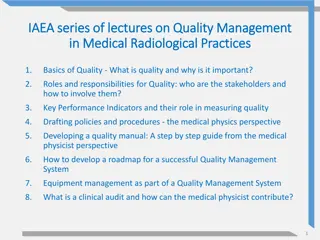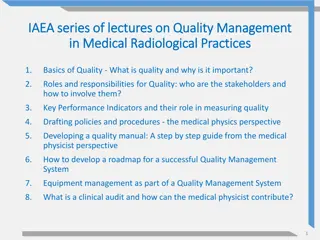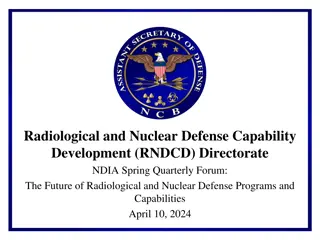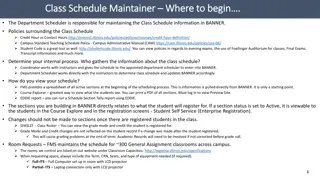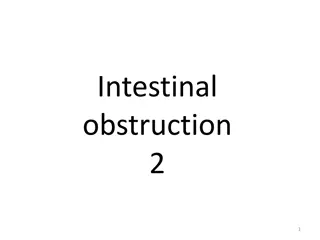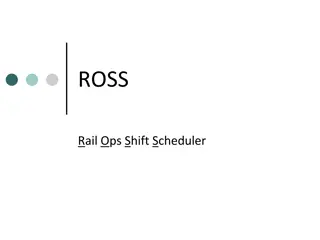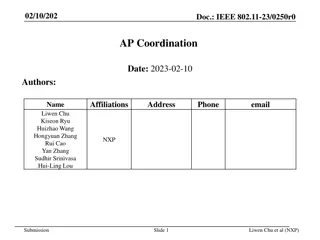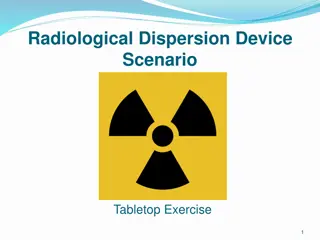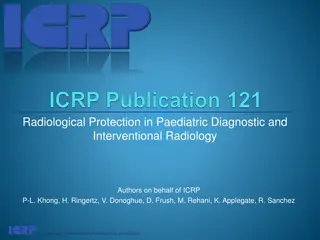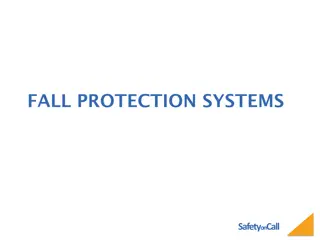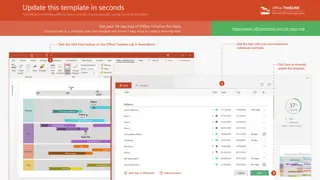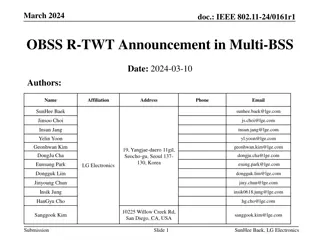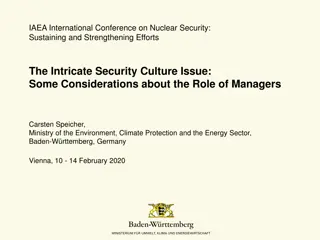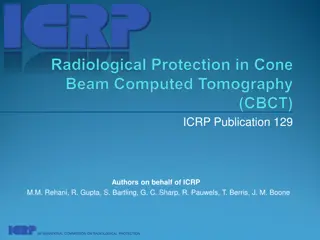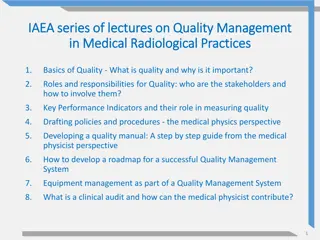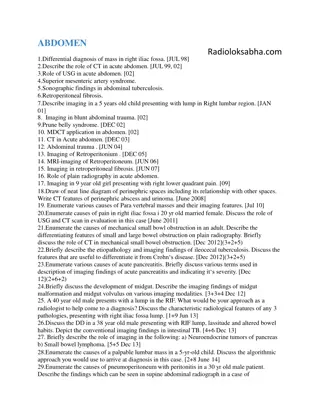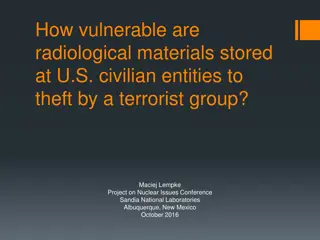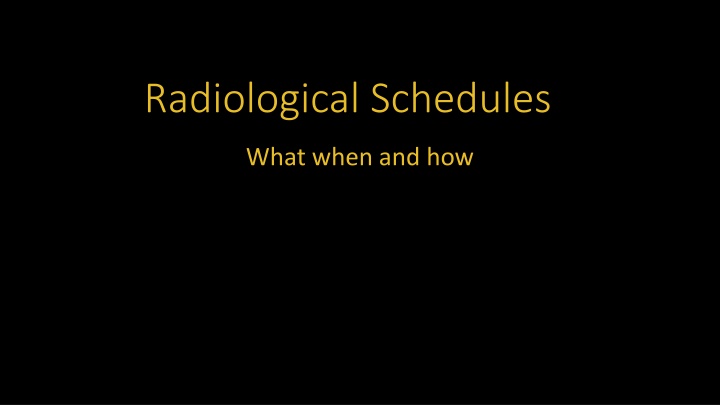
Radiological Monitoring Schedules in Community Systems
This resource provides detailed information on radiological monitoring schedules in community systems, including initial monitoring, reduced monitoring, types of schedules, who is responsible for monitoring, and when monitoring can be adjusted. It covers topics such as the types of analyte groups, frequency of monitoring, and the process for transitioning from initial to reduced monitoring schedules.
Download Presentation

Please find below an Image/Link to download the presentation.
The content on the website is provided AS IS for your information and personal use only. It may not be sold, licensed, or shared on other websites without obtaining consent from the author. If you encounter any issues during the download, it is possible that the publisher has removed the file from their server.
You are allowed to download the files provided on this website for personal or commercial use, subject to the condition that they are used lawfully. All files are the property of their respective owners.
The content on the website is provided AS IS for your information and personal use only. It may not be sold, licensed, or shared on other websites without obtaining consent from the author.
E N D
Presentation Transcript
Radiological Schedules What when and how
Agenda What kinds of schedules are we discussing? Initial monitoring Reduced monitoring
Who has to do Radiological Monitoring? Only community systems Monitoring is at the Entry point Not needed if purchased water only Assuming from another community system
What schedules are we discussing? 3 Analyte Groups Gross Alpha Combined Radium (226/228) Uranium Units Alpha and Radium are recorded in pCi/L Uranium is in mg/L
Do schedules for all three need to match? No schedules and monitoring periods can be unique to each one. Check Chemical schedule details to review the current monitoring period.
Initial monitoring: When does initial monitoring occur? PWS first becomes a community system PWS adds new source First sample is often in plan review and associated to the source Sometimes waived if drawing from same aquifer discission of hydrogeologists
Initial monitoring (cont.) Length: Quarterly monitoring How long? Either for 2 quarters or 4 quarters depending on results
Initial monitoring (cont.) When can they go off quarterly monitoring? Only needs 2 samples if the first 2 are both ND If not both ND then 4 samples are required Who makes the schedule change? DMCE (specifically Chuck) during violation review.
Reduced monitoring Initial monitoring is done now what schedule? Answer: depending on results of all initial monitoring samples: All results were ND: 9-year schedule Results are detected but less than MCL: 6-year schedule Results are between MCL and MCL: 3-year schedule At or above MCL stays on quarterly
Reduced monitoring (cont.) Reduced monitoring sample has been collected does the schedule change? Answer: Last sample result determines next frequency: Result were ND: 9-year schedule Result are detect but less than MCL: 6-year schedule Result are between MCL and MCL: 3-year schedule Result at or above MCL quarterly schedule
Reduced monitoring (cont.) When and who reviews? The regulating agency during the survey every time
Reduced monitoring (cont.) What it the start date of the new schedule? Look at chemical schedule details! The day after the end of the monitoring period the sample was collected within. Example: The reduced monitoring sample was for a period that ends 12/31/2025 new schedule starts 1/1/2026
Chem schedule details If last sample causes a change in frequency look at Samples received: If done new schedule starts day after current MP If incomplete - new schedule starts same day as current MP
Example #1 9 9 9 Year Year Year
Example #2 9 6 9 Year Year Year
Example #3 6 9 6 Year Year Year
Other reduced monitoring (if time allows) SOC No detects 6- or 9- years depending on factors System do a complicated process that is submitted to hydrogeologists This complicated process makes this prohibitive and done by system not by reg staff
Other reduced monitoring (if time allows) VOC Also no detects 6- year only System do a complicated process that is submitted to hydrogeologists This complicated process makes this prohibitive and done by system not by reg staff
Other reduced monitoring (if time allows) IOC (including Arsenic and NO2) No results above MCL 9- year Must have 3 rounds of monitoring (new sources resets the clock) No Hydrogeologist review needed
Other reduced monitoring (if time allows) DBP s Number and frequency for both standard and reduced monitoring is based on population and water type See Table 19 in OAR 333-061-0036 (4)(d) LCR Yearly or 3-year schedules Number required is based on population See OAR 333-061-0036 (10)(c)(B) note both routine and reduced are here so look at correct list
Chuck Michael DWS Compliance Officer charles.e.michael@dhsoha.state.or.us


